Preserving the safety and efficiency of critical pipelines systems is largely dependent on seamless pipe coating. As a shield against corrosion, mechanical damage, and other environmental consequences, this layer of protection ensures that the pipes remain secure. Its application is a prime requirement for the oil and gas industry.
To protect pipes from wear and tear, a seamless layer of protection must be applied. This layer is composed of tough and resilient materials like epoxy, urethane, or polyurethane, and is most expertly applied via spray gun.This spraying process allows an even application of the coating across all surfaces of the adjoining components for ultimate durability.
The ideal coating for the pipe system depends upon a variety of factors, such as the environment it will be situated in, the fluid that will pass through it, and the temperature variations to be expected. For instance, in locations where there is extreme corrosion, a specialized coating resistant to oxidation must be employed. In milder settings, however, a regular covering should be sufficient. One must take into account all elements, such as the environment and its capacity for corrosion, the type of fluid transversing the pipes and the temperature range it will endure.
To achieve the desired result, it is imperative that the surface of the pipe is adequately prepped before application of the coating. Mechanical abrasion, chemical cleaning, and high-pressure water blasting are a few of the various methods that can be used to eliminate dirt, dust, oil, and other pollutants from the pipe’s surface.
The surface must be in proper condition before coating it over. The usual approach is to employ a spray gun, as it guarantees an even covering on the entirety of the pipe. Pay close attention to the temperature and pressure when spraying, as having too little or too much can cause an uneven coating.
Upon application, it is of the essence to inspect the coating for any undesirable elements. Subsequently, any discrepancies must be fixed for proper functioning. Curing must take place prior to being utilized for it allows the coating to become effective.
The oil and gas industry relies heavily on the seamless application of pipe coating. This protective sheath is put in place to safeguard against harm inflicted by corrosion, accidents, and the hostile environment. Adhering closely to standards and conducting regular assessments are integral components of maintaining the integrity of the pipe system and ensuring its efficient and safe operation.
A coating to protect pipes from corrosion and environment-related damage is seen as an increasingly desirable choice due to its cost-effectiveness and high efficiency. Seamless pipe coating provides a reliable solution for safeguarding pipeline integrity without adding a considerable financial burden.
Visualize a pipe; a structure required to transfer fluid from point A to point B. To protect it against external factors and ensure an uninterrupted flow, the vital step of selecting the protective coating material needs to be taken. This decision must rely on several specifications. For instance, the environment in which the pipe operates, the pressure levels it is subject to, and the rate at which the substance is moved must all play a significant role in the selection process. Examples of materials often utilized for this purpose are epoxy, polyurethane, rubber, and plastics.
Before painting on the coating, effective preparation of the pipe is necessary. This involves scrubbing the pipe to eliminate all traces of grease, followed by utilization of sandblasting or other viable alternatives to strip off any aged corrosion. Doing so guarantees that the coating is properly and securely bonded.
After you have chosen the material to be utilized for the coating, the next requirement is the application process. This could involve spraying, dipping, or brushing, depending on the material you’ve chosen. To accentuate a professional result, it is vital that you evenly apply the substance and avoid any defects such as air bubbles. After the coating has been spread across its destination, it’s time to cure it, meaning that exact temperature and moisture levels must be maintained until the material has fully solidified.
After the coating has solidified, the pipe undergoes a careful inspection process for any surprises or irregularities. Seamless pipe coating is meant to shield from corrosion, harsh chemicals and environmental elements, so if any noticeable imperfections are found it would imply that the coating is not doing its designated job. Following a successful inspection, the pipe is all set for successful installation.
Safeguarding pipes from corrosion and other harmful intrusions is made easier with seamless pipe coating. This cost-efficient technique gives the flexibility to adapt to any size and any type of pipe, while still providing reliable protection. But in order for its true potential to be tapped into, the proper material and methodology must be exercised during application. Only then can you enjoy long-lasting defense for your pipelines.

Post time: 2023-07-24
Related Product
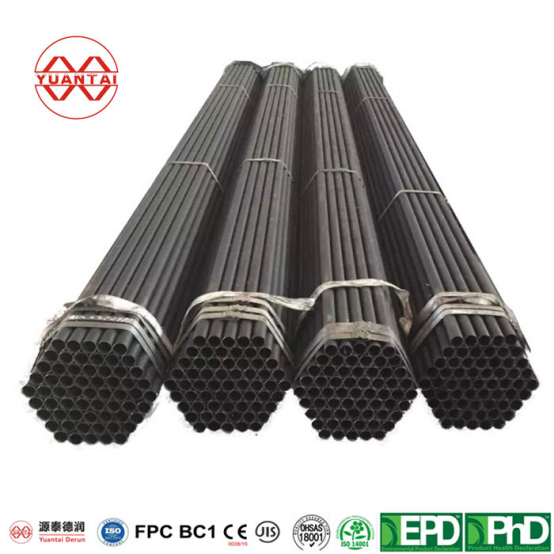
ERW Round Steel Pipe
Standard:Hollow section:ASTM A500/501,EN10219/10210, JIS G3466,GB/T6728/T3094/3091,CSA G40.20/G40.21 Section Shape: round OD(outer meter): 10.3mm-609mm Application: Structural type […]
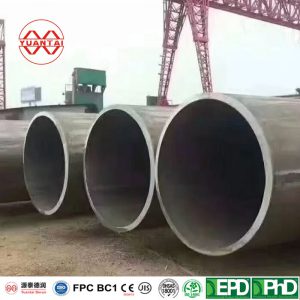
LSAW Steel Pipe(Longitudinally Submerged Arc Welding Tube)
Lsaw Steel Pipe(Longitudinally Submerged Arc Welding Tube) JCOE is a pipe making technology for the production of large diameter thick wall steel pipes. It mainly adopts the produc […]
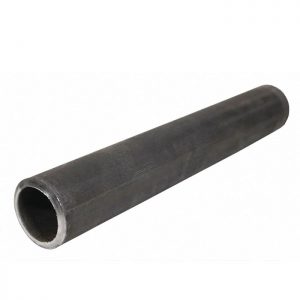
Round Seamless Steel Pipe
Seamless steel pipe is a steel pipe formed by piercing the whole round steel, and there is no weld on the surface, which is called seamless steel pipe. According to the production […]
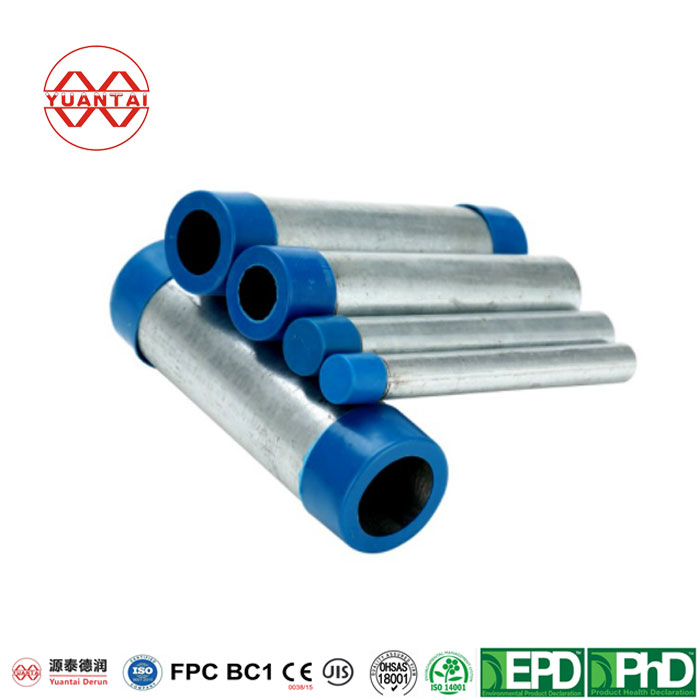
Hot Dip Galvanized Round Steel Pipe
Yuantai Derun Steel Pipe Manufacturing Group produces hot-dip galvanized round steel pipes, which are sold directly by manufacturers, support customization, and have guaranteed qua […]
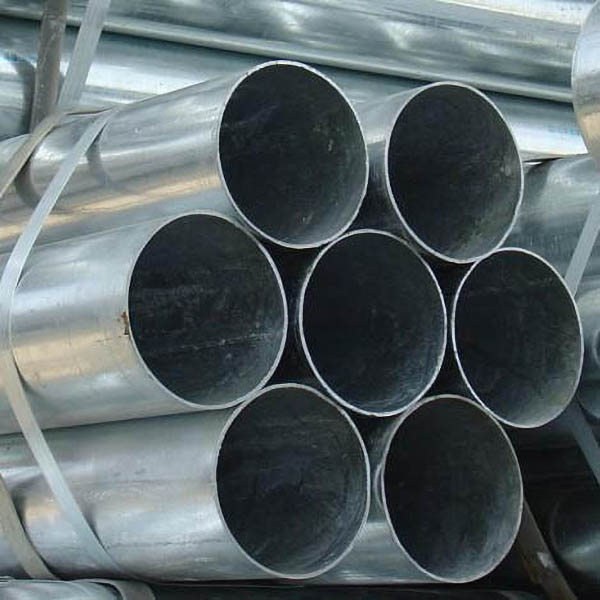
GI Circular Steel Pipe
Galvanized round steel pipe Generally, there are two major categories: pre galvanized round steel pipes and hot-dip galvanized round steel pipes. Hot dip galvanized pipe is to make […]
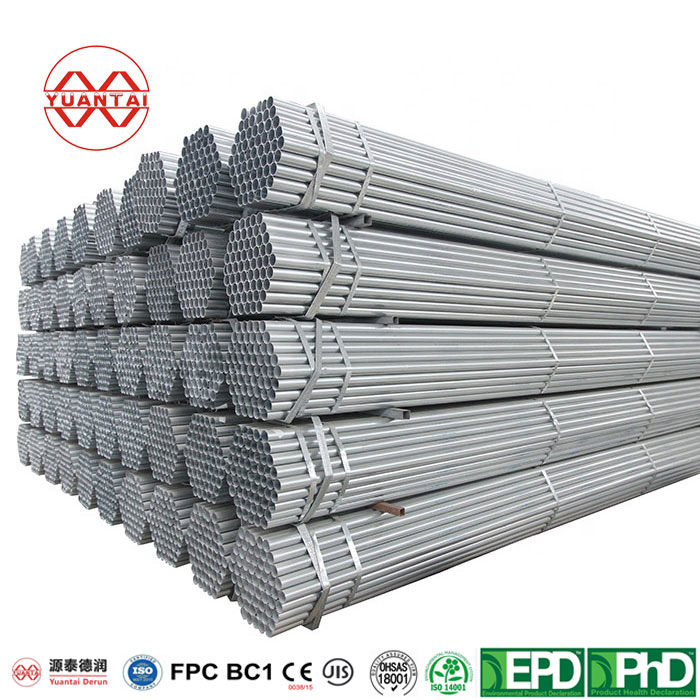
UL797 American Standard Certified EMT Threading Pipe EMT Pipe
OD(outer diameter): 22mm-112mm Thickness: 0.75- 3 mm Place of Origin: Tianjin, China Application: Structural type or fluid transportation Certification:CE,LEED,BV,PHD&EPD,DNV,B […]
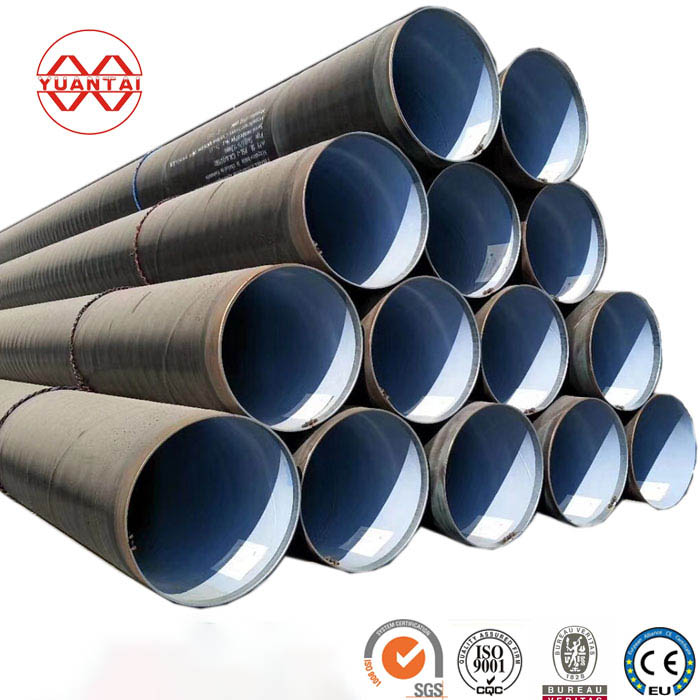
Spiral Welded Steel Pipe
Spiral welded steel pipe introduction Spiral welded steel pipe refers to the steel pipe with joints on the surface, which is welded after the steel strip or steel plate is bent and […]
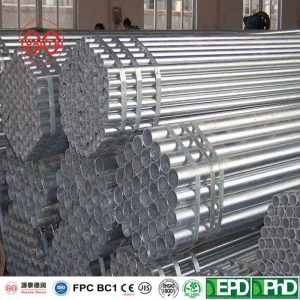
Pre Galvanized Round Steel Pipe
The round pipe with galvanized strip is made of galvanized strip steel, which is generally 0.6MM-2MM. It is processed and formed at one time, with the specification of 15 * 15-100 […]
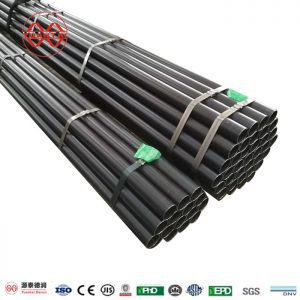
Round Welded Pipe
Since the 1930s, with the rapid development of continuous rolling production of high quality strip steel and the progress of welding and inspection technology, the quality of weld […]